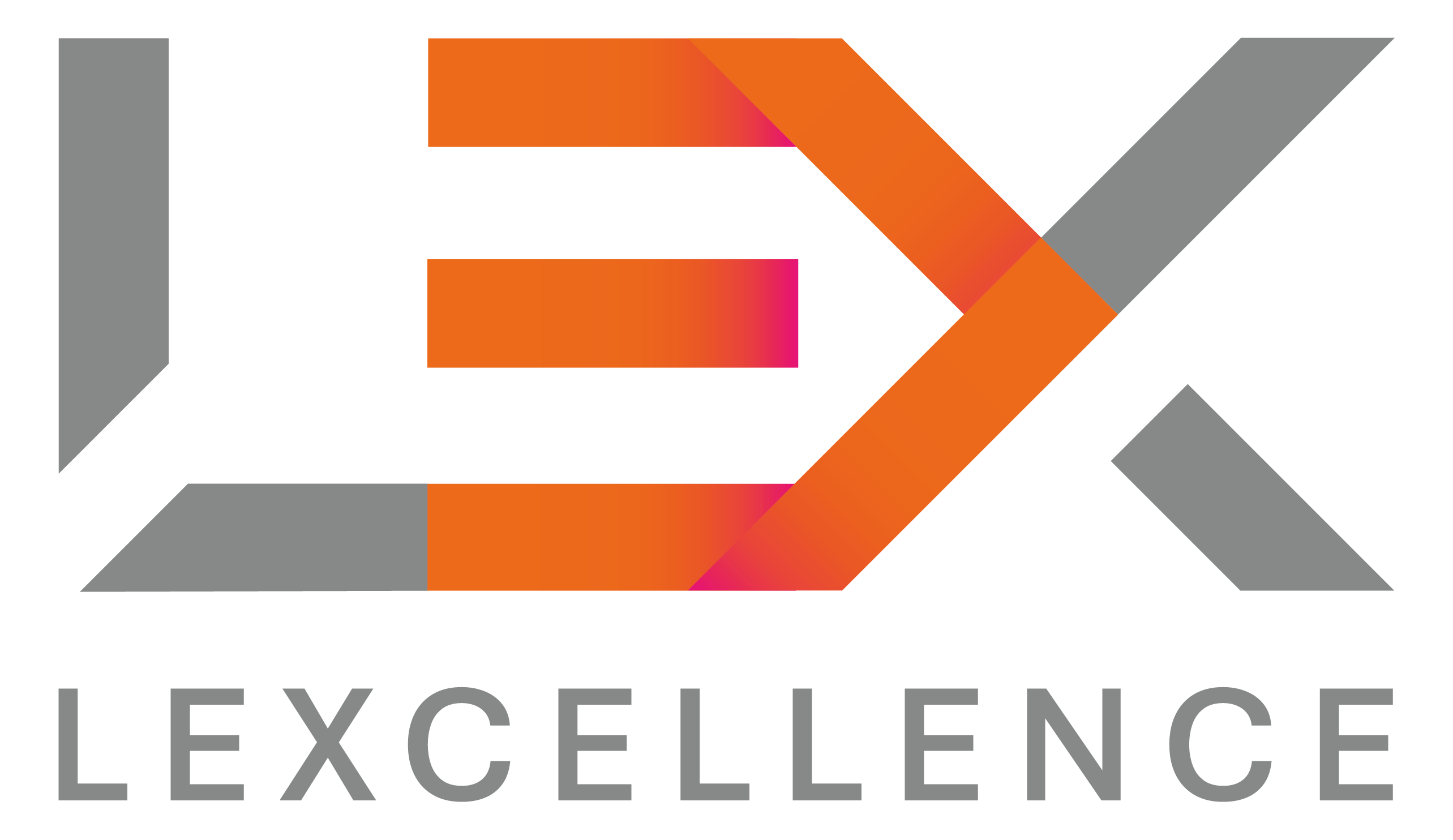ESMA Consults on Regulation Affecting Crypto Assets: MiCA, Reverse Solicitation and Classification

The European Securities and Markets Authority (ESMA) has taken a significant step forward in regulating the crypto asset market by releasing on January 29, 2024, two consultation papers under the Markets in Crypto Assets Regulation (MiCA). These papers address critical aspects of regulatory oversight and aim to bring clarity to an evolving digital financial landscape. First about reverse solicitation titled: Consultation Paper on the Draft Guidelines on Reverse Solicitation under the Markets in Crypto Assets Regulation (MiCA) and second about the classification of crypto-assets as financial instruments named: Consultation Paper on the draft Guidelines on the conditions and criteria for the qualification of crypto-assets as financial instruments.
Understanding Reverse Solicitation
The first consultation paper centers on reverse solicitation, a mechanism allowing third-country firms to offer crypto-asset services exclusively at the client’s initiative. ESMA clarifies that this exemption is narrow, and intended as an exception rather than a rule. It’s underscored that firms cannot exploit reverse solicitation to sidestep MiCA regulations. The consultation seeks input on supervision practices to prevent circumvention, emphasizing ESMA and National Competent Authorities’ roles in safeguarding EU investors and MiCA-compliant entities.
Classification of Crypto Assets as Financial Instruments
The second consultation paper tackles the classification of crypto assets as financial instruments, bridging MiCA with the Markets in Financial Instruments Directive II (MiFID II) to ensure regulatory consistency across the EU. ESMA aims to establish clear criteria for determining whether a crypto asset qualifies as a financial instrument, balancing structured guidance with flexibility to accommodate diverse market realities. Once finalized, these guidelines promise to provide much-needed clarity and contribute to global standards in crypto asset regulation.
What Stakeholders Need to Know?
Stakeholders have until April 29, 2024, to submit feedback, with ESMA expected to consider responses in Q2 2024 and publish a final report in Q4 2024. The consultations invite comments on specific questions outlined in the documents, urging stakeholders to provide clear rationales and alternatives for consideration. All interested parties, including crypto-asset service providers, financial entities, and other stakeholders, are encouraged to participate in shaping the regulatory landscape of crypto assets in the EU.
Key Takeaways and Next Steps
As per MiCA’s mandates, ESMA must issue guidelines by December 30, 2024, outlining conditions and criteria for classifying crypto assets as financial instruments. These guidelines will play a pivotal role in defining the regulatory framework governing crypto assets in the EU, ensuring investor protection and market integrity while fostering innovation in digital finance.
Conclusion
ESMA’s consultations on reverse solicitation and the classification of crypto assets as financial instruments represent a significant milestone in the evolution of regulatory oversight in the crypto asset space. By soliciting input from stakeholders, ESMA aims to create a robust regulatory framework that balances innovation with investor protection, laying the foundation for a transparent and sustainable crypto asset market in the EU and beyond. As the deadline for submissions approaches, stakeholders have a unique opportunity to shape the future of crypto asset regulation and contribute to a more secure and resilient financial ecosystem.
Sources:
- https://www.esma.europa.eu/press-news/esma-news/esma-consults-reverse-solicitation-and-classification-crypto-assets-financial
- https://www.esma.europa.eu/sites/default/files/2024-01/ESMA35-1872330276-1619_Consultation_Paper_on_the_draft_guidelines_on_reverse_solicitation_under_MiCA.pdf
- https://www.esma.europa.eu/sites/default/files/2024-01/ESMA75-453128700-52_MiCA_Consultation_Paper_-_Guidelines_on_the_qualification_of_crypto-assets_as_financial_instruments.pdf
